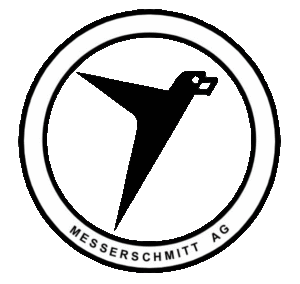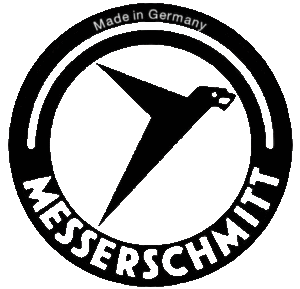The major change between the Me 210 and 410 was the introduction of the larger (at 44.5 litres, 2,720 cu in displacement) and more powerful Daimler-Benz DB 603A engines.
They each provided 1,750 metric horsepower (1,730 hp; 1,290 kW) compared to the 1,475 metric horsepower (1,455 hp; 1,085 kW) of the DB 605s used on the Me 210C.
The extra power increased the Me 410’s maximum speed to 625 kilometres per hour (388 mph), greatly improved rate of climb, service ceiling, and most notably the cruising speed which jumped to 579 km/h (360 mph).

